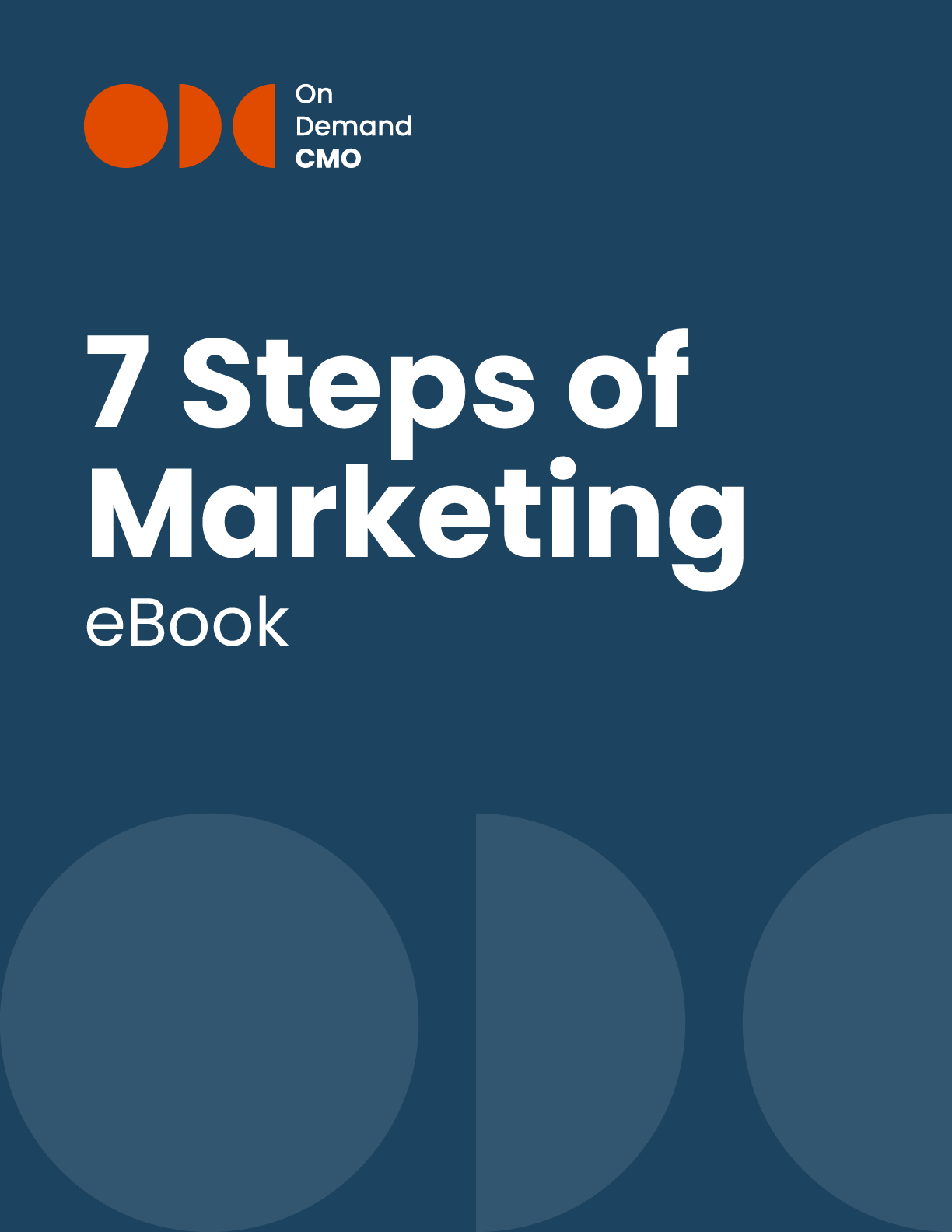Do you know what the most important piece of your content marketing is? It’s not the actual content—it’s the headline that entices people to read, watch, or download your content. Headlines are the trailers for your film: they should entice people, not bore them. If your headlines are not compelling, then no one will look at your content. With that in mind, here are seven rules for writing powerful and effective headlines that will significantly boost open, click-through, and retention rates.
Headlines are promises—they offer a certain benefit to your audience if they read your content. The promise could be anything from learning a new skill to pure entertainment. It doesn’t really matter what the promise is, so long as it is met and sounds enticing.
Starting with your headline helps you distill the essence of your content into a subject line- or tweet-sized package, giving you a clear purpose for creating the content piece. This helps keep your creative clear and crisp.
Headlines are promises, but “clickbait-y” headlines are promises from used car salesmen. The whole purpose of clickbait is to attract attention (“This clickbait headline generator will change your life!”), but it attracts attention in a way that degrades the content’s quality and brand attached to said content. Sensationalist, ridiculous, and frequently misleading, clickbait does not make for powerful and effective headlines. Instead, it wastes readers’ time because they severely over-promise what the content can actually deliver.
For example, avoid superlative language and know thyself. This is to say, avoid calling your footage “The best video you’ll watch ever!” because 1) it heightens expectations and 2) will mean the next time you post something with that kind of language, your audience won’t trust it. If you use clickbait techniques in your content, the only guarantee is that you will disappoint your readers.
If clickbait is annoying, overly clever or punny headlines are almost as bad. “Punny” headlines usually means writing a play on words or a joke that readers will only understand if they read the whole piece. Remember, the headline is supposed to bring readers to your article—if they have to read the article to understand the headline, then the headline failed in its job.
Being clever often means being unclear. Save the cleverness for the body of the content once you’ve hooked your readers in.
Google is trying to change the web and make it a better place through its Hummingbird search algorithm. Hummingbird is bringing in the semantic web, which rewards quality content written for real people, rather than for robots, with higher search engine rankings. Content marketing is all about speaking your customers’ language and people don’t speak SEO keywords—they use natural language.
Part of writing for people and not robots is thinking about the questions your audience is asking. Use those questions or their answers as your headlines. For example, my post “When to Listen to Customer Feedback—And When to Ignore It” is the answer to the question, “How much weight should I give customer feedback?” Through powerful and effective headlines, you can clearly sum up a need and invite audiences to click to engage further.
Sometimes as marketers, it’s easy for us to forget about our customers as we get so deep into our own products. We get so wrapped up in our products’ great features that we forget that we are supposed to be solving problems for our customers.
This is the oft-noted difference between Microsoft and Apple products—Microsoft’s products tend to be over-engineered and complicated. Apple’s products tend to be very simple and easy to use. Under Steve Jobs (his second tenure, at least), Apple focused on meeting customers’ needs (even if they didn’t know what their needs were). If Microsoft operated the same way, then the Office suite would be more user-friendly and intuitive.
People love lists for their clarity, concision, and effectiveness. As such, headlines with numbers and lists (a.k.a. ‘’listicles’’) are highly useful. Some examples of templates may include “Top Five Ways to XYZ” or “Three Ways You Can Better XYZ,” with XYZ standing in for the relevant information. Not only do these numbers make readers curious, they also offer different avenues toward success. Sure, one or two of the options at hand may not be what you are looking for, but perhaps the final one provides what you need.
Implement these headline rules into your content creation to see your content’s popularity increase. Happy headline writing!

OnDemandCMO has authored 7 Steps of Marketing, the only marketing guide book you’ll need to either get your marketing started properly, or stay on track strategically.
It features best practices on branding, messaging, social media, lead generation and much in between.
Please let us know who you are, and we'll share a few of our secrets (we don't sell or trade your info)!